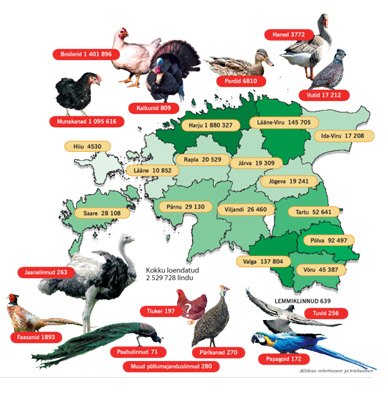Austraalia vaatenurk
Austraaliast siis järgnev jutt
Indonesia's approach to bird flu concerns Abbott
The Federal Health Minister Tony Abbott says he is concerned about Indonesia's efforts to manage and control the spread of bird flu.
There have been several recent bird flu deaths in Indonesia.
After releasing a revised plan to handle an influenza pandemic, Mr Abbott revealed his concern about Indonesia's approach to bird flu. "There is still not effective surveillance of poultry stocks, there could be improvements in reporting," Mr Abbott said.But Australia's chief health officer John Horvath is playing down the concern. He says if there was a pandemic outbreak, the nation's proximity to Indonesia would not make much difference. "Where it breaks out it would be a worldwide event within 24 hours," he said.
